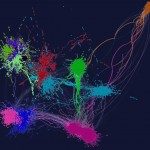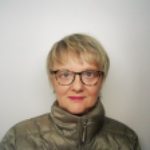Lien vers Pubmed [PMID] – 11158105
J. Clin. Microbiol. 2001 Feb;39(2):551-9
Since Saccharomyces cerevisiae appears to be an emerging pathogen, there is a need for a valuable molecular marker able to distinguish among strains. In this work, we investigated the potential value of microsatellite length polymorphism with a panel of 91 isolates, including 41 clinical isolates, 14 laboratory strains, and 28 strains with industrial relevance. Testing seven polymorphic regions (five trinucleotide repeats and two dinucleotide repeats) in a subgroup of 58 unrelated strains identified a total of 69 alleles (6 to 13 per locus) giving 52 different patterns with a discriminatory power of 99.03%. We found a cluster of clinical isolates sharing their genotype with a bakery strain, suggesting a digestive colonization following ingestion of this strain with diet. With the exception of this cluster of isolates and isolates collected from the same patient or from patients treated with Saccharomyces boulardii, all clinical isolates gave different and unique patterns. The genotypes are stable, and the method is reproducible. The possibility to make the method portable is of great interest for further studies using this technique. This work shows the possibility to readily identify S. boulardii (a strain increasingly isolated from invasive infections) using a unique and specific microsatellite allele.

